This Aromatic Kagianas is is a dish made with eggs, aromatic herbs, such as Kafkalithres (Mediterranean Hartwort), Myronia (chervil) and pasto (cured pork) from Lakonia.
Kagianas is a dish usually made with tomatoes and scrambled eggs. Instead of using tomatoes, I made this dish using kafkalithres and myronia, which are aromatic Greek heerbs.
These herbs are used raw in salads but also added to many otheer dishes, especially in spanakopita.
Let’s talk about the herbs used in this Aromatic Kagianas
Kafkalithres (Mediterranean Hartwort), is a Greek winter herb, which grows from late October until late April. They are one of my favourite Greek herbs and I love them raw in salads or cooked in many recipes, especially in spanakopita, which adds an amazing taste.
I love this herb so much that when it is in abundance, I freeze it and I also make pesto with it (see recipe below), which I have in the deep freezer to use either of them, now that is is out of season.
Kafkalithres’ scientific name Tordylium Apulum or Mediterranean hartwort, is a genus of wild plants, used in Greece since antiquity, as pot herbs and culinary herbs. Theophrastos and Aristotle mention this herb, its ancient name kafkalis (καυκαλίς) and the latter states that it is eaten by female deer after giving birth.
I quote from “Food in the Ancient World from A to Z”, by Andrew Dalby, page 173.
“Hartwort (Tordylium spp.) genus of wild plants, used in Greece in drugs and medicinal wines and also as pot herbs and culinary herbs. Tordylium Apulum, small hartwort, is said to be still used for food in Greece. According to Aristotle, a deer will find and eat hartwort immediately after giving birth to young.
It is also found under the name seseli* Σέσελι Κρητικόν (Hippocrates RA 23, Epidemics etc., etc., Kaukalis (Theophrastus HP 7.7.1.-2; ).
Claudius Galenus, known as Galen (Γαληνός) a Greek physician, surgeon and philosopher, considered the second important after Hippocrates, was appointed physician to the gladiators and later when the great plague broke he was summoned by Marcus Aurelius to help out. Unfortunately Marcus Aurelius was persuaded to realease him but later on he became the personal physicial of his son Commodus.
He mentions in his works (300 out of which 150 have survived) how unique the Greek herbs are, not to be found in any other parts of the world. For this reason herbs, plants and seeds were imported from Greece, especially from Crete and were cultivated by the men of the Emperor.”
*Seseli – a rosid dicot genus that includes moon carrots genus Seseli rosid dicot genus – a genus of dicotyledonous plants Apiaceae, carrot family, family Apiaceae, family Umbelliferae, Umbelliferae – plants having flowers in umbels: parsley; carrot; anise; caraway; celery; dill moon carrot, stone parsley – any plant of the genus Seseli having dense umbels of small white or pink flowers and finely divided foliage.
You will find this herb in many of my recipes, usually together with myronia.
Myronia or Chervil (Anthriscus cerefolium), is another Greek aromatic herb in the parsley family, which is also very aromatic.
Strange as it may sound but you will never find them sold in supermarkets or grocery shops. However, you can find both sold at the farmers’ market.
If you cannot find these herbs you substitute them with some other aromatic herbs, such as parsley but not cilantro.
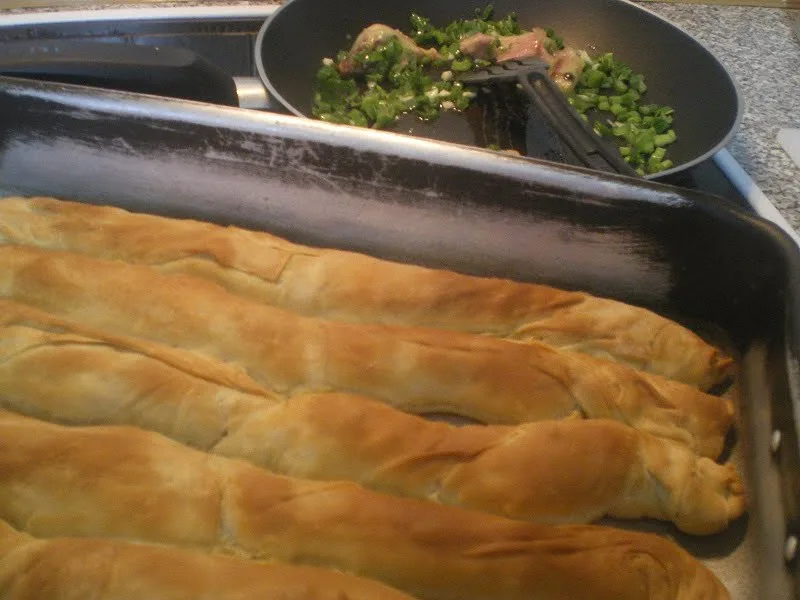
Recently, I made spanakopita and I had lots of kafkalithres and had some leftover chevril, spring onions and other herbs, so I made this dish as a mezes.
I also added pasto which is a Greek cured pork from Lakonia, Peloponnese, with wonderful flavour and made it kagianas, which is like scrambled eggs.
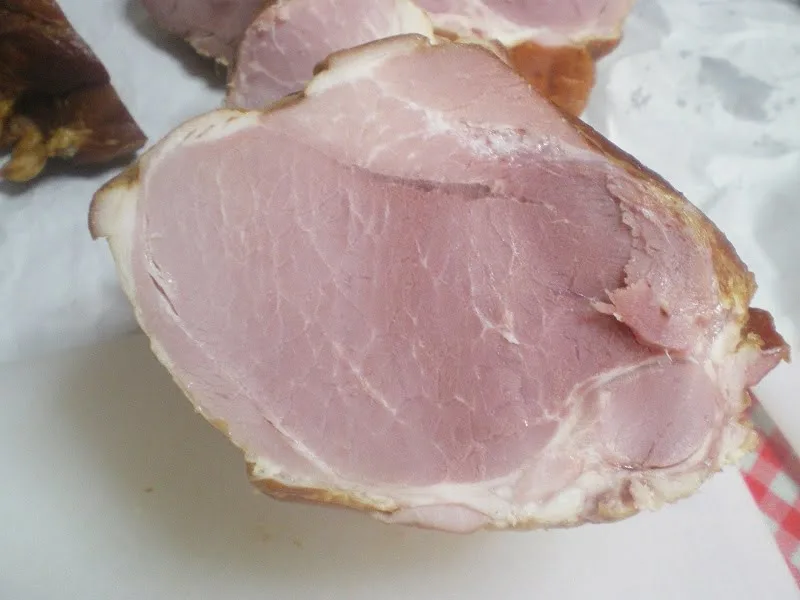
In the recipe below I do not give precise quantities because I added a little bit of everything but I give you an indication on the quantities I have used. I also had 2 leftover egg yolks from another recipe so I added them together with 1 whole eggs but for the amounts given, you can use 2 – 3 whole eggs.
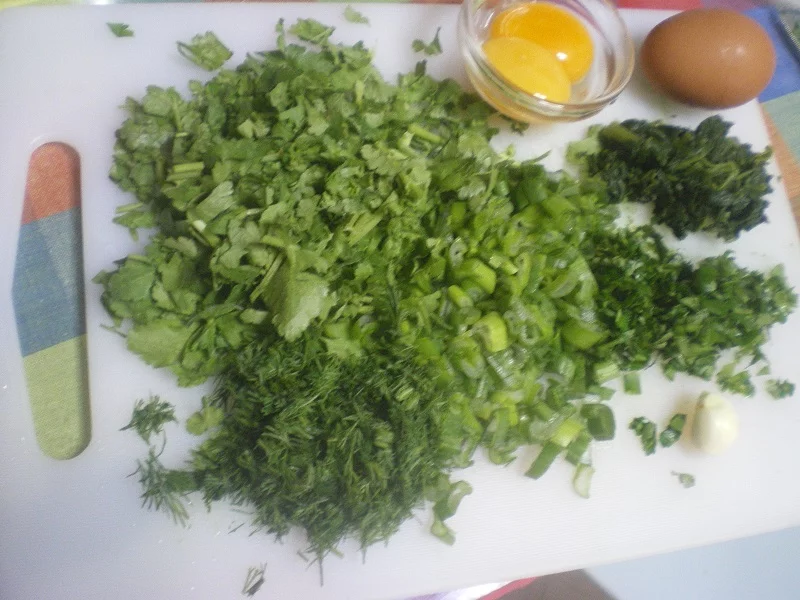
PESTO WITH AROMATIC HERBS
I love making pestos and have made many quite unusual pestos. This is a great way to preserve some herbs in the deep freezer and use it whenever you like.
In this pesto I do not add any cheese. Since I want to store the pesto in the deep freezer, I avoid adding the cheese in for several reasons, one being that it doesn’t freeze well and the other, when we fast, we don’t eat any dairy products so I prefer to keep it vegan.
After using the quantity I need, I then put the remaining into small Tupperware bowls, label them and store them in the deep freezer for a long time, even up to a year. You can use it as it is frozen as you can cut the amount you want easily or thaw it half an hour before using it.
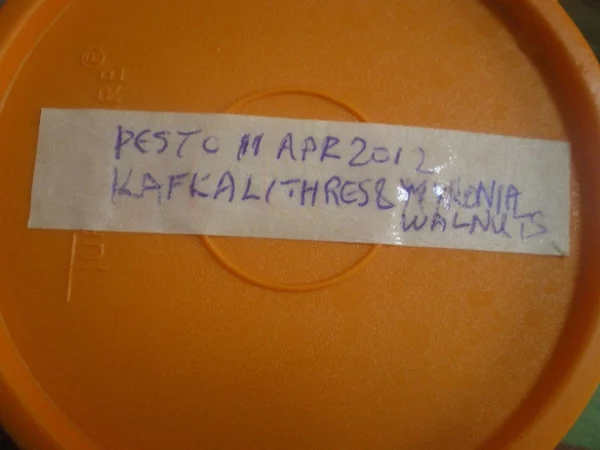
Kafkalithres & Myronia Pesto with Almonds
Ingredients:
- 1 cup kafkalithres
- 1 cup myronia
- 2 cloves garlic, peeled
- 1/2 cup almonds (I used roasted ones)
- 1/4 cup extra-virgin olive oil
- 2 tbsp wine vinegar
- Salt and freshly ground black pepper
Directions:
- In a food processor add the garlic, 1/3 of the olive oil, salt, pepper and pulse a few times.
- Add half of the herbs and another 1/3 of the olive oil and pulse.
- Add the walnuts, remaining herbs and olive oil and vinegar and pulse a few more times.
- Store in the refrigerator for a few days or in the deep freezer for a longer life.
- Add the cheese (parmesan, halloumi, graviera etc.,) when using the pesto.
I am sending these recipes to Simona, of Briciole, who is hosting this week’s Weekend Herb Blogging # 283.
A reminder for my event of Creative Concoctions #4 – Cooking with Olive Oil. The deadline for this event is the 26th May, 2011 and will be looking forward to your entries.
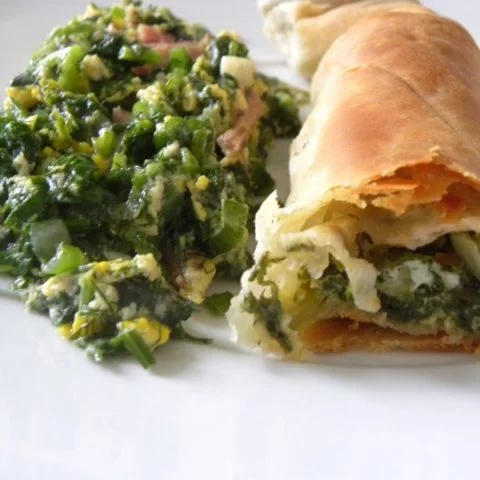
Kagianas with Kafkalithres, Myronia and Pasto Lakonias
This Aromatic Kagianas is is a dish made with eggs, aromatic herbs, such as Kafkalithres (Mediterranean Hartwort), Myronia (chervil) and pasto (cured pork) from Lakonia.
Ingredients
- 2 tbsp extra virgin olive oil
- 1 spring onion, including the green part, finely chope
- 1 clove garlic, finely chopped
- ½ cup Mediterranean Hartwort (Kafkalithres)
- ½ cup chervil (Myronia)
- 1 cup spinach
- 1 tbsp dill
- 1 tbsp parsley
- ½ cup pasto Lakonias, cut into small pieces
- Salt and freshly ground black pepper
- 2 - 3 eggs
Instructions
- Heat the olive oil in a non stick frying pan and sauté the white part of the green onion and garlic, until translucent Add the finely chopped spinach, kafkalithres, myronia, dill and parsley and cook for a few more minutes until they wilt.
- Add, pasto salt, pepper and sauté for 1 more minute.
- Use a fork or whisk to beat the eggs briskly for a few seconds. Pour the eggs and mix until the eggs are cooked.
Nutrition Information
Yield 1 Serving Size 1Amount Per Serving Calories 435Total Fat 37gSaturated Fat 7gTrans Fat 0gUnsaturated Fat 28gCholesterol 372mgSodium 569mgCarbohydrates 10gFiber 5gSugar 2gProtein 19g
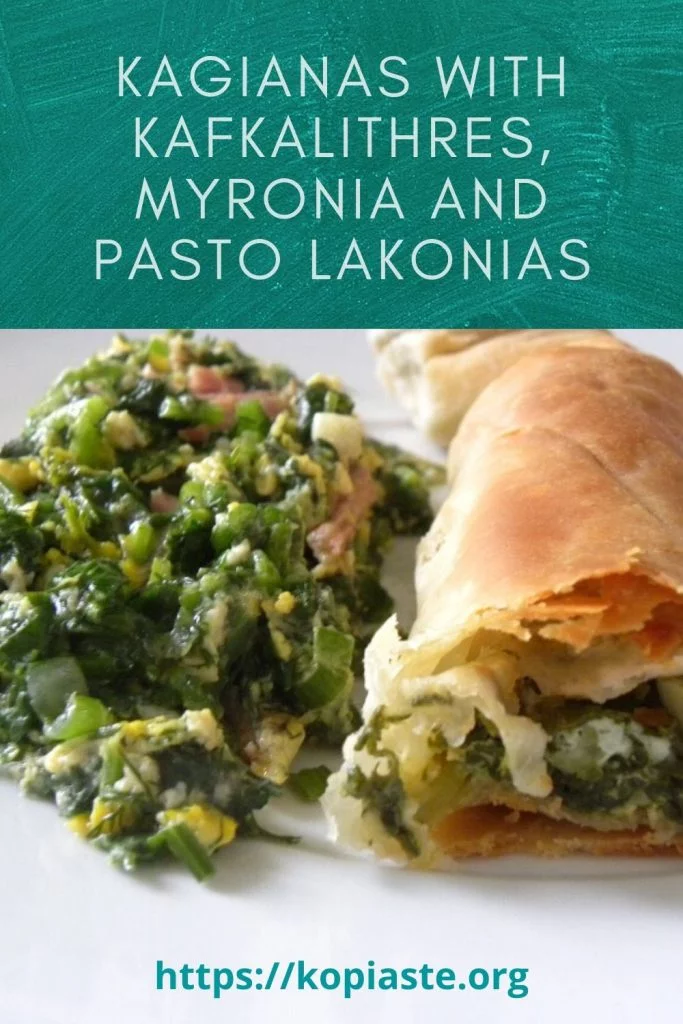
Kopiaste and Kali Orexi,
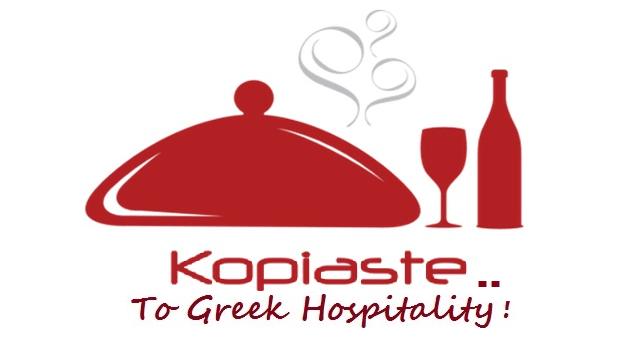
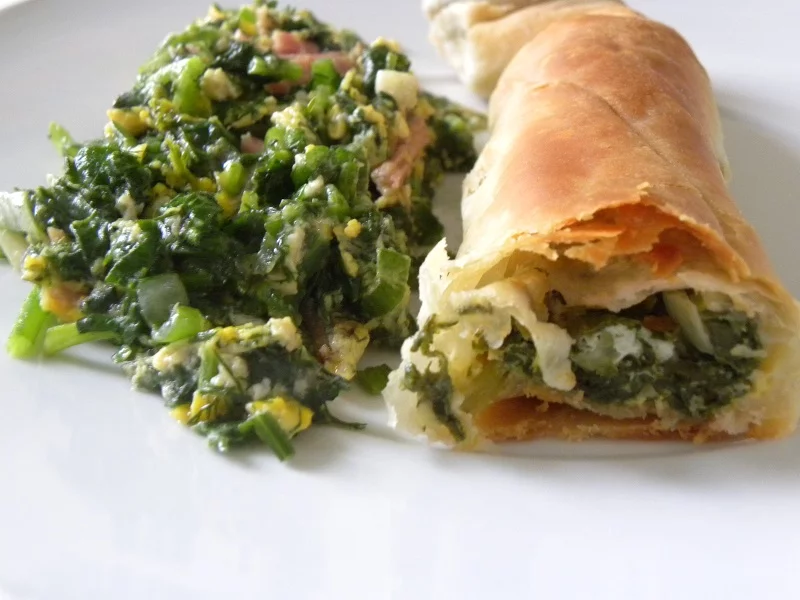
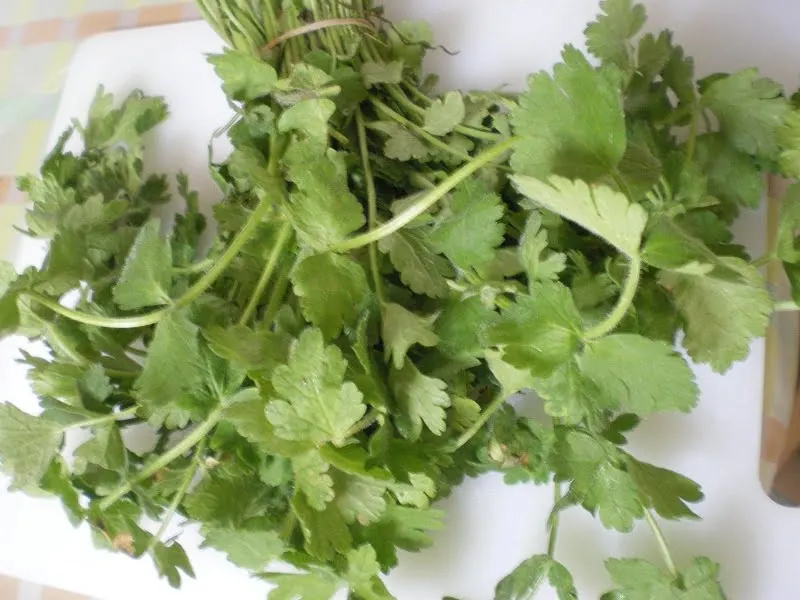
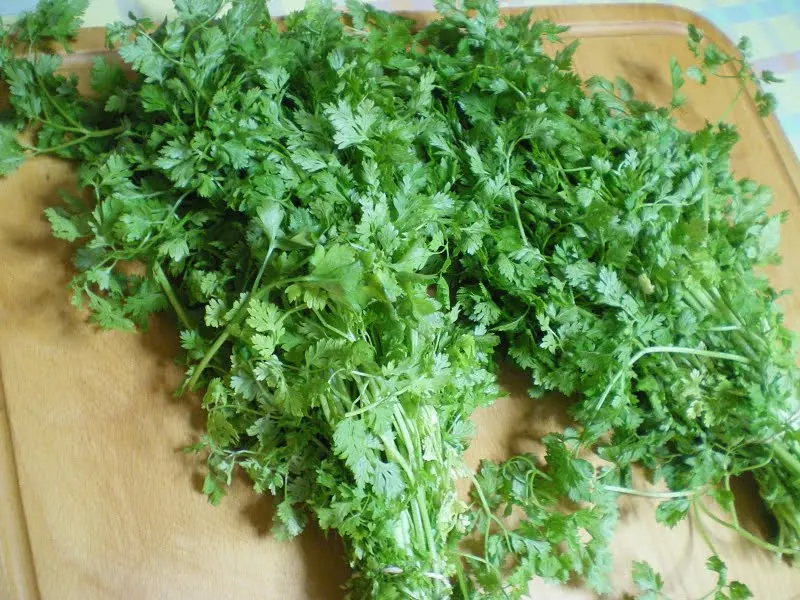
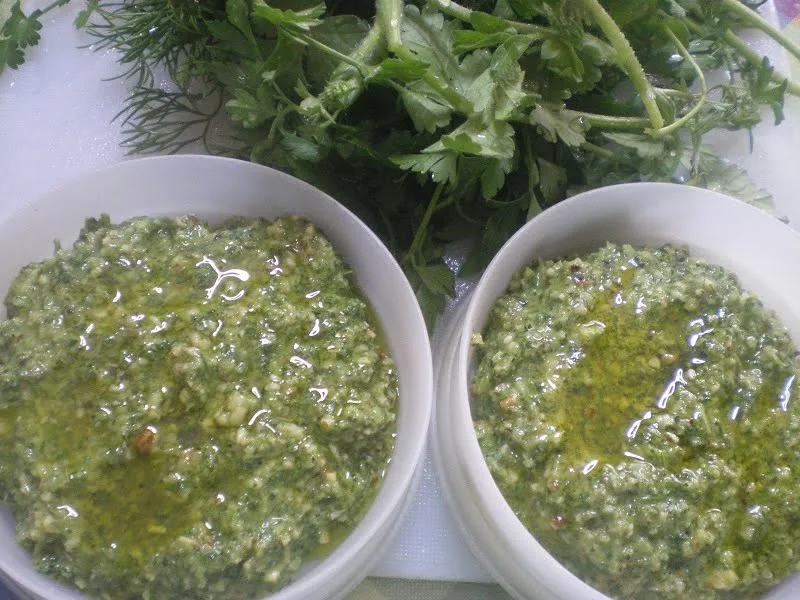

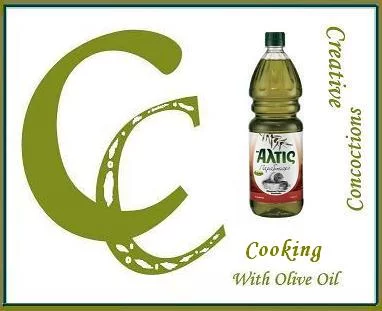

Mary
Sunday 15th of April 2012
That is interesting, I went on an internet search for this herb, didn't find a US source for the seeds or plants. I did find this quote from "The Glorious Foods of Greece": "Of all the wild greens in the region, chervil is the most beloved. It appears in countless stews, as well as in pies. The local kitchen boasts two types- kafkalithres, whose leaves are as big as clover but soft, almost downy, and mironia, what we recognize in America as the herb chervil. In these recipes they are interchangeable."
Claudia
Friday 29th of July 2011
This looks so good I'm getting hungry just by looking at it! I'm going to try making this using your recipe. Thanks for posting it! Off to try it~ My recent post Disney Costumes
smartoak
Thursday 28th of July 2011
I love Tordylium! I've been trying to grow it in Scotland, but the snails like it even more than I do. I learnt to use it in Spanakopitta when I lived in Greece as a young girl. It's just not the same without!
Ivy
Thursday 28th of July 2011
I agree with you. Spanakopita is not the same without it. Snails like beer, so you can get rid of them with beer or read this article for more ways to get rid of them. .
Magic of Spice
Thursday 19th of May 2011
I have never tried kafkalithres, but this pesto looks wonderful! I will see if I can find it at the Farmers Market next time :)
cheffresco
Wednesday 18th of May 2011
Everything on here looks amazing! I've also never heard of hartwort. That pesto looks delicious! My recent post Rich Chicken Stew